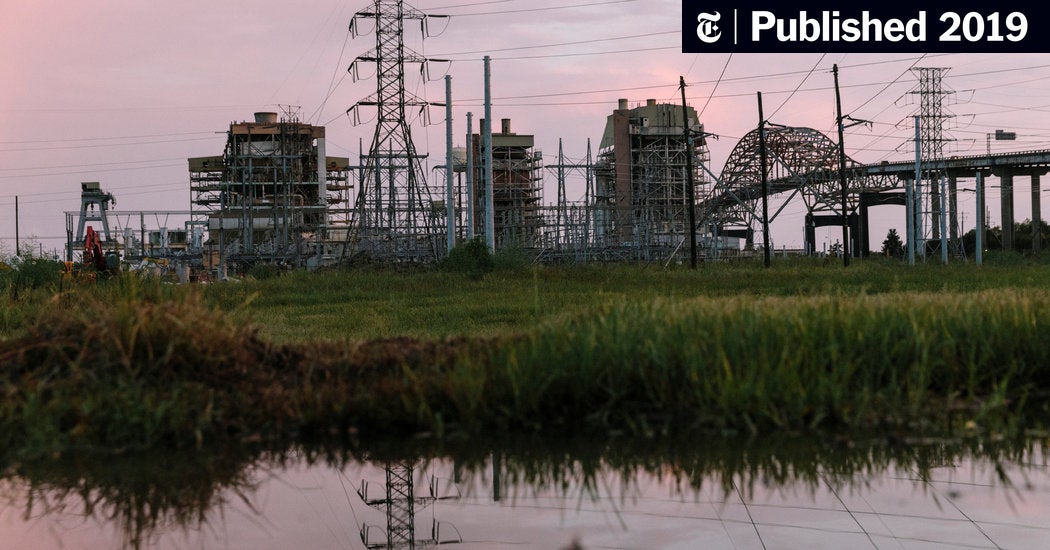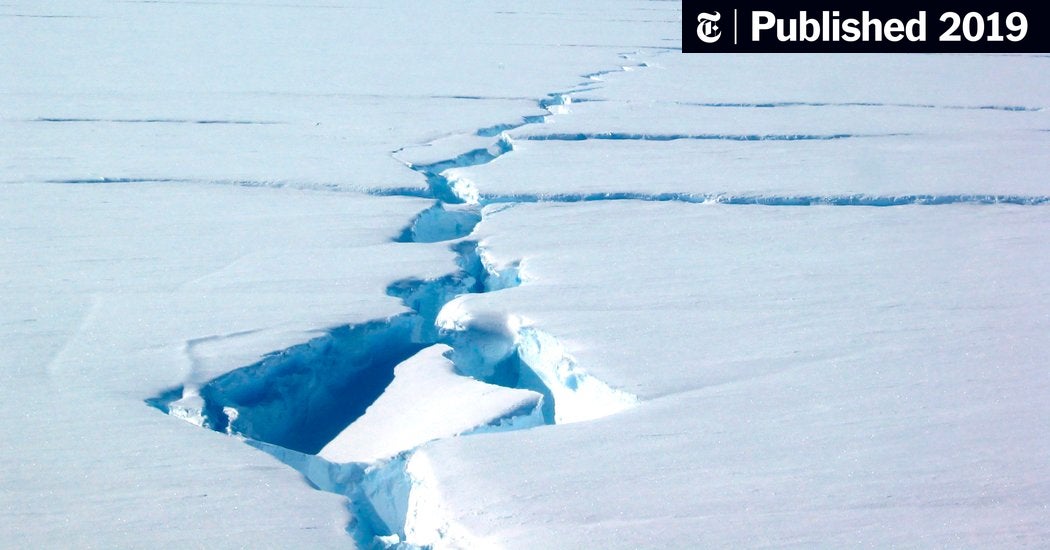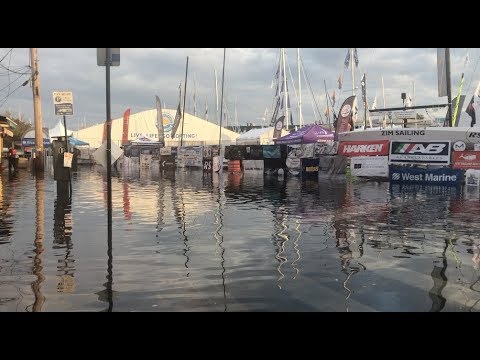A friend who used to be a town trustee (In this juristriction Trustee's oversee the waterways and shore) responded to my query. Water temperatures hovered in the 80 - 83 degree for a lot of the summer. What was unusual was that the warm temps began in June which is significantly earlier than usual. The actual high temp is not unusual. There was a welcome absence of "Algae" blooms. The scallop die off will be the subject of investigation. Prolly Stony Brook. There is a Dr. Dobler there who has published work on nitrogen loading of the South Shore estuaries.
Interestingly, most of the scallops were found in Flanders Bay which is the most shallow and smallest of the bays. It is also the one you might expect the most nitrogen loading since it is the outflow of the Riverhead sewer system (Which is pretty good.) The scallop decline has occurred over the last 30 years and is usually pegged to the die off of Eel Grass which suffered a major decline in the 30's. It hasn't really recovered.
I can point out that oyster mariculture has increased in recent years. Reports of good water clarity may mean that the oysters are eating the scallops lunch. I was skeptical about what difference the oysters would make but you have to at least consider that. As far as I know the oysters didn't suffer from the high water temps. Orient Harbor is loaded with oyster floats.
For those that don't know bay scallops are arguably the best thing you may ever taste. They only live three years and according to the experts the limits on size, and season, insure that breeding scallops aren't taken. So, it isn't thought to be overfishing - but I take that with a grain of salt because there is significant economic interest in scalloping. I personally don't think anyone should get a scallop license unless their family has lived on the East End for 300 years or so.
Yes, water temps could indeed be the problem. But don't forget the problem was not the inability to spawn. It was a die off of maturing scallops mid summer.
Interestingly, most of the scallops were found in Flanders Bay which is the most shallow and smallest of the bays. It is also the one you might expect the most nitrogen loading since it is the outflow of the Riverhead sewer system (Which is pretty good.) The scallop decline has occurred over the last 30 years and is usually pegged to the die off of Eel Grass which suffered a major decline in the 30's. It hasn't really recovered.
I can point out that oyster mariculture has increased in recent years. Reports of good water clarity may mean that the oysters are eating the scallops lunch. I was skeptical about what difference the oysters would make but you have to at least consider that. As far as I know the oysters didn't suffer from the high water temps. Orient Harbor is loaded with oyster floats.
For those that don't know bay scallops are arguably the best thing you may ever taste. They only live three years and according to the experts the limits on size, and season, insure that breeding scallops aren't taken. So, it isn't thought to be overfishing - but I take that with a grain of salt because there is significant economic interest in scalloping. I personally don't think anyone should get a scallop license unless their family has lived on the East End for 300 years or so.
Yes, water temps could indeed be the problem. But don't forget the problem was not the inability to spawn. It was a die off of maturing scallops mid summer.




